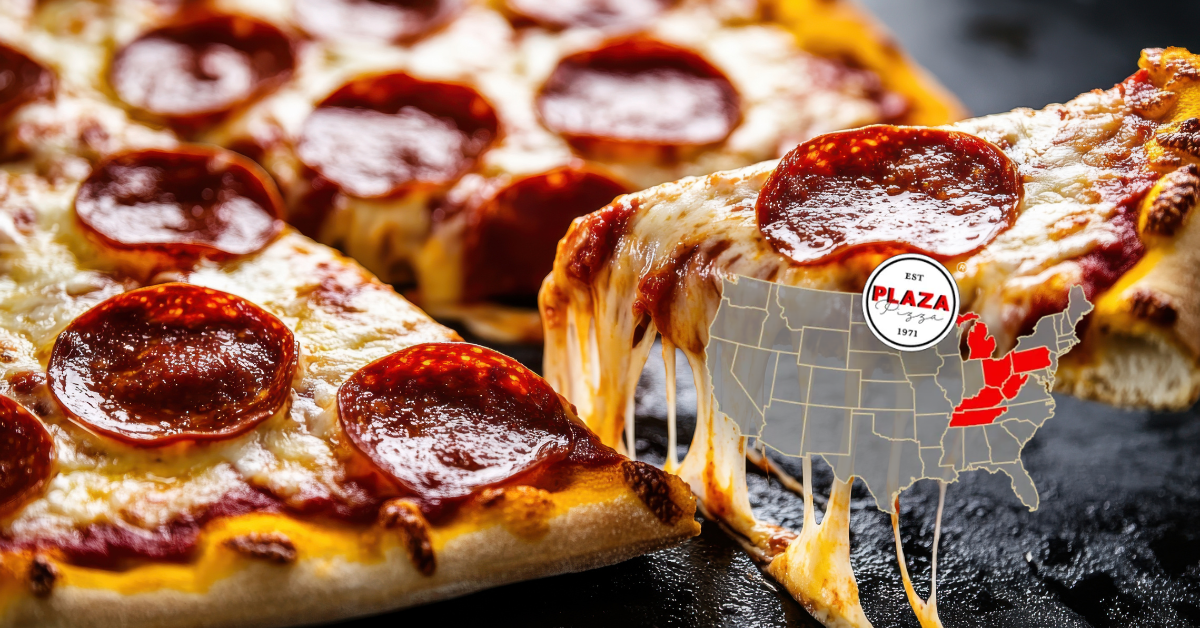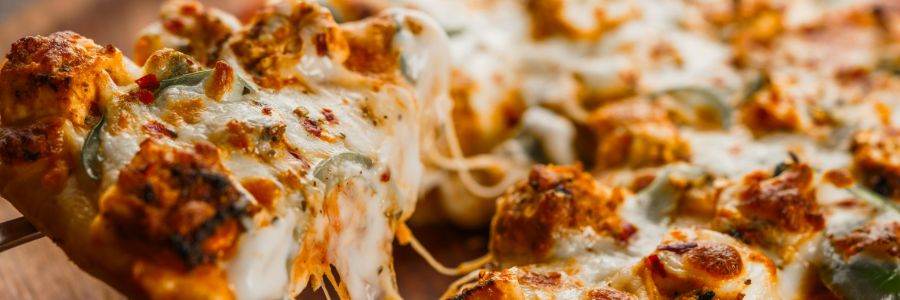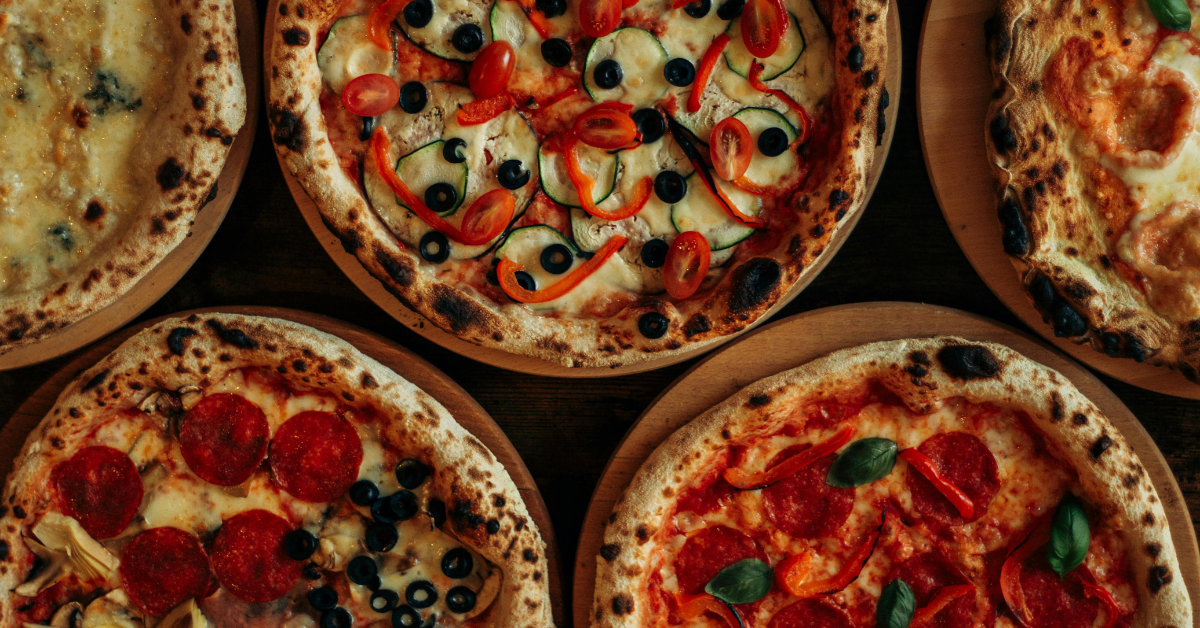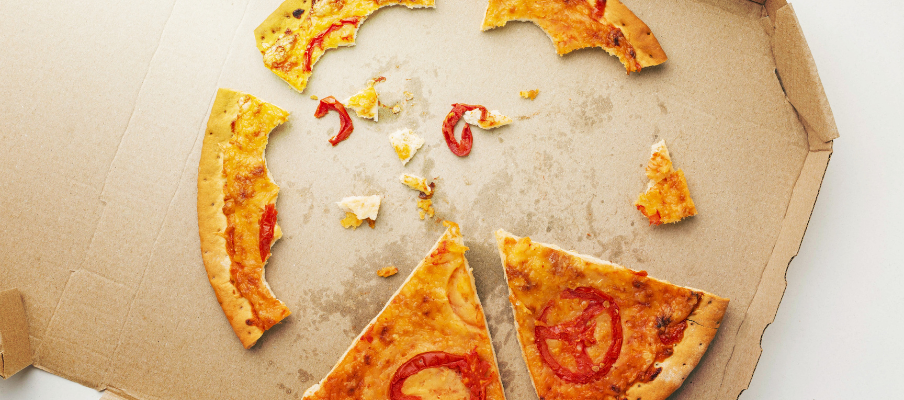Different Pizza Crust Types and Why We Love
When it comes to pizza crust types, we can be quite attached to our favorites. There’s good reason for this—having a solid, tasty foundation for pizza means that no matter what toppings are on it, it’s bound to be a flavorful pie.
People remember a good pizza for years, sometimes decades. When it comes to pizza restaurants, when you find one that does a pizza crust type you love, you’ll go back whenever the pizza craving hits.
Maybe that’s why pizza restaurants are so adamant about which type of pizza crust is best—theirs.
So what are the different types of crust in pizza? Let’s look at a few, shall we?
THIN PIZZA CRUST TYPES ST. LOUIS THIN CRUST PIZZA:
While this thin pizza crust type is associated with a city, its origins are murkier and can only be loosely traced to “the Midwest.” This pizza crust is marked by a thin, un-yeasted dough that bakes up with a crisp break to its bite. It’s almost like eating pizza toppings on a cracker, thus earning the nickname “cracker crust.” The distinctive pizza is also marked by a regional cheese and is cut tavern-style into squares.
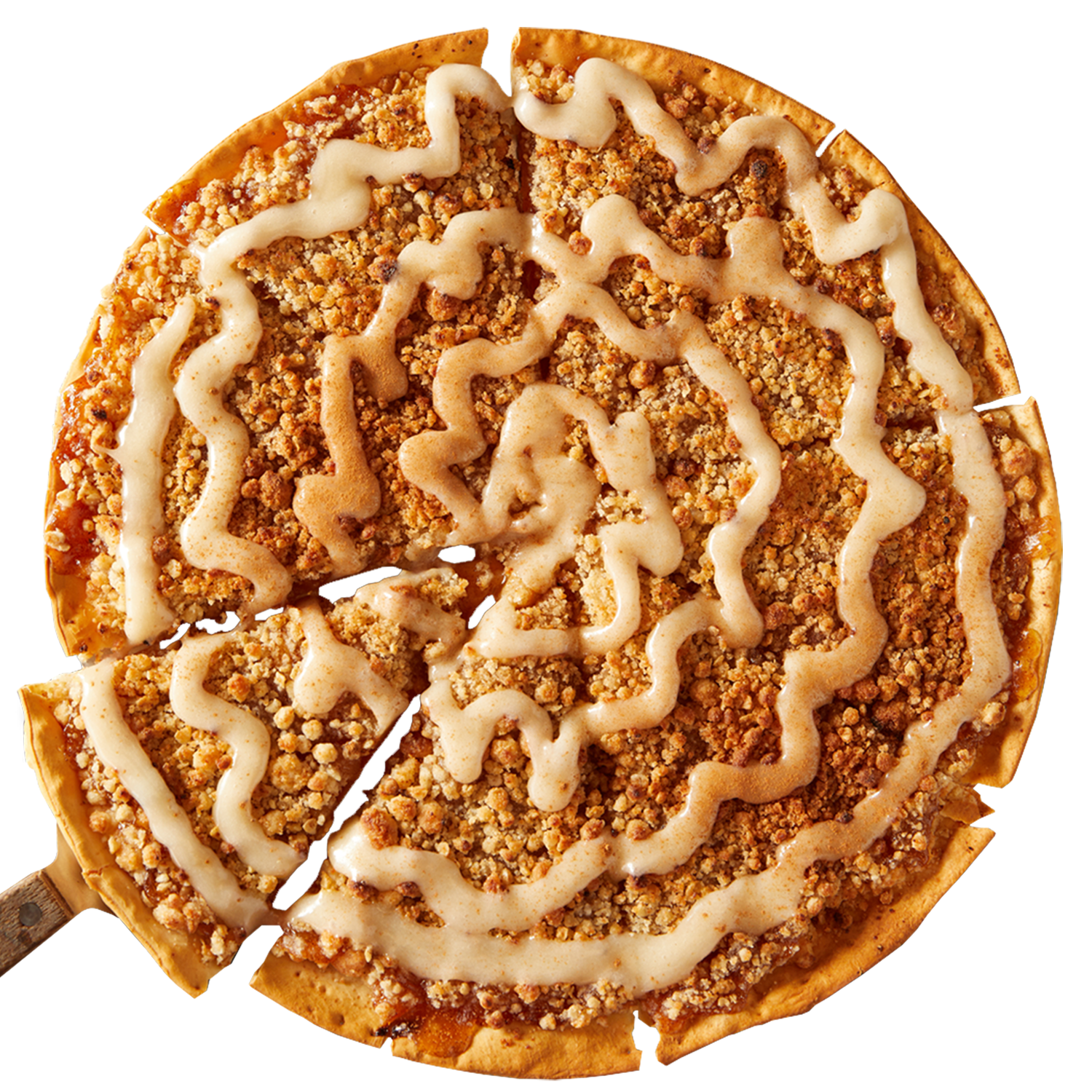
Margherita Thin Crust Pizza:
This is a less technical version of Neapolitan pizza (which has very specific requirements to be termed Neapolitan) with a thin pizza dough that’s very airy and puffs up in the oven. Good margherita pizza is often cooked in a woodfired oven, and its texture becomes light and crispy as a result. This is the most traditional pizza one can encounter.
It’s also characterized by the dough being kneaded by hand, this process ensures the borders will grow once it enters the oven. Also, the dough goes through a resting period where it generally grows in size. The flour that it’s used for this pizza is also special, being 00 flour the traditional choice to a good old margherita pizza.
New York and Brooklyn Pizza Crusts:
These thin crust pizzas are trademarks of one of the most touted pizzas in the world. New York Style pizza is lightly crisped outside and cut big so it’s easily folded in half to eat without utensils. What makes a New York pizza crust type unique might be surprising—specific minerals present in the NYC water, alongside high-gluten bread flour give this crust its flavor and dough tension.
Brooklyn style pizza is a cousin of the NY style pizza crust, with the difference that the toppings go to the edge and the pie is baked to a marginally crispier doneness.
California Pizza:
This pizza crust type is a marriage of New York style and margherita style pizza crusts. It’s the high-gluten and thickness of the New York crust, wood-fired for flavor and airiness like the margherita pizza. California pizzas also have the distinction of going wild with the toppings.
Thick Pizza Crust Types
Chicago Thick Crust Pizza Type:
This pizza crust type is the first one everyone thinks of when we’re talking thick crust. It’s such a favorite because toppings are generous, which can sometimes result in a large pizza weighing 5 or more pounds! The sauce is usually on top of the cheese to keep it from burning, given its length of time in the oven to ensure the dough is thoroughly baked.
The dough is baked in an oiled deep dish, which gives it its buttery, crispy, almost fried texture to the outside, and its interior chewiness. Chicago pizza dough frequently contains cornmeal or semolina, giving it a uniquely yellow hue.
Detroit Style Pizza:
We all know cast iron skillets do amazing things in the oven, and this pizza crust is no different. That the cast iron is square gives this medium-well-done pizza its rectangular shape. Similar to Chicago style, the crust texture is an almost-fried outer edge thanks to the cast iron seasoning, and the toppings are also in reverse order to save the cheese from burning. The crispy outer edge with the chewy, breadlike middle of this pizza style has a lot of fans beyond the Motor City.
Pan Pizza:
This pizza style is exactly how it sounds—cooked in a well-oiled pan or cast iron skillet so that its crust is crunchy on the outside and soft on the inside. Unlike Chicago or Detroit pizzas, the toppings are not necessarily inverted, though the baker’s mileage may vary with preference. Pan pizza crust tends to be fluffier and bread-like, and the pieces are more filling for a larger crowd.
Speciality Pizza Crust Types
Stuffed Crust Pizza:
Someone had the genius idea of loading the edges of a pizza crust type with cheese to jazz up an already favorite dish. In many cases, it doesn’t have to stop at cheese; stuffed crust pizzas can be stuffed with any exciting sauces or even meats that strike a fancy, such as pesto or buffalo chicken. One does have to think of moisture content and how it will affect the dough as it’s cooking.
Plaza Pizza® Knows Pizza Crust
In 1971, when Plaza Pizza® first opened our doors, we were one of many mom-and-pop pizza shops in Newark, Ohio. In order to stand out among stiff competition, something about our pizza had to be noteworthy and draw our customers to us time and again.
The answer: pizza crusts made in-house every day, as fresh as we could make them, and a proprietary sauce recipe with a tangy zing our customers couldn’t deny hit the taste buds just right.
We’ve been doing it that way for over 50 years now.
Through the years, Plaza Pizza® has become part of childhood memories, special occasions, relaxing evenings with the family, and weekend gatherings. Our loyal customers also order Plaza Pizza® for a just-because, treat-themselves kind of meal.
Our thin-crust pizza in Ohio has a satisfying cracker crunch and the kinds of toppings—both classic and adventurous—that will meet almost any craving.
Whether you’re carrying out or having Plaza Pizza® delivered, we’re happy to make your order with a smile and a kind word, backed by the tradition that’s kept us going for more than 50 years.
Is Plaza Pizza® for dinner tonight?
